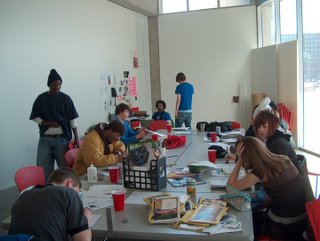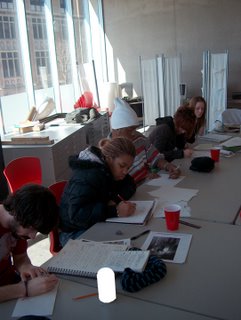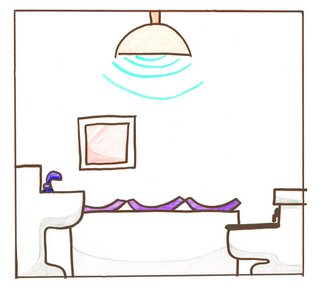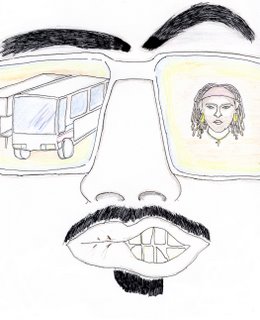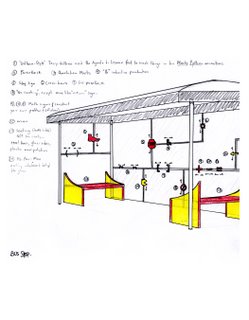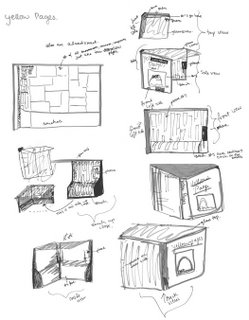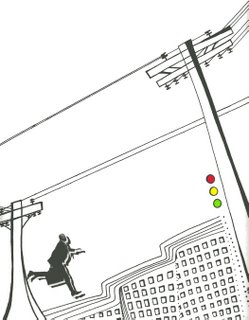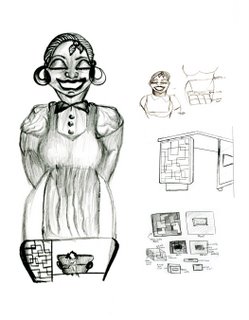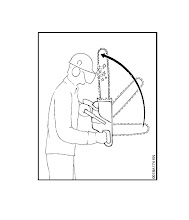Project description: How do we extend the program of the space?
Program means different things depending on what context we place the term in. Here we are placing the term into public spaces and more precisely we will investigate program in the architectural social space known as the bus stop. Program in this case refers to the way we use the bus stop. The program determines how the space communicates the process we engage in. Architectural design can help give rise to a social code known as a program. We are programmed to conduct ourselves based on the design of the space. Program is site/place specific and we can see there is already certain social codes or ways to act in place for specific spaces. What happens when we change the program? What can we do to enhance, extend, restrict or recode the program of the bus stop?
Questions you can ask yourself to start the process:
How do I activate the space? What do I know about the space I'm trying to reprogram? Do I have a relationship or social code I already perform in this space? Are there other uses this space could serve? Is this the most boring project I've ever heard and why? Maybe it's the fact that bus stops are boring. We can start with the social code in place and make small adaptations like what AITis asking for or we can extend the idea by suggesting the rewriting of the program....some options might be:
- interactive components
- displays
- text
- color
- the way we interact with
others in the space
- sound/performance
- video/performance
- changes in architectural design/materials
- changes in the way we perceive the
inside/outside environment
- inclusion of site history and regionality
